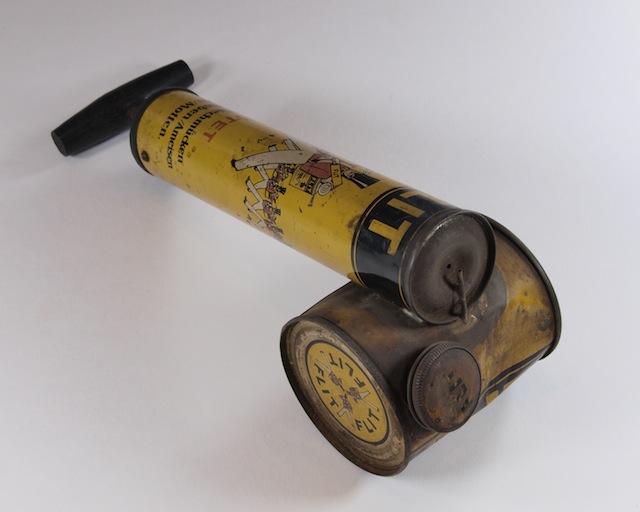A great little story from the Australian government’s research arm, the CSIRO, tells the story of how the Queen Elizabeth II lead the commercial insect repellent industry and how intellectual property has changed.
The story tells how the original experiments were carried out in 1940 to see what substances were best in repelling mosquitos as part of the preparation for a tropical war against Japan.
After the war, research continued and during the 1963 Royal Tour of Australia, the Queen was sprayed with the government repellant to keep flies off her while she played golf.
Journalists following the Queen noted the absence of flies around the official party, and word about CSIRO’s new fly-repellent spread. A few days later representatives from the company making Mortein insecticides called Doug Waterhouse for his formula, which he passed on freely, as was CSIRO’s policy at the time and the rest, as they say, is history.
It’s unthinkable today that any research organisation would give intellectual property away and a modern agreement would include hansom royalties for the formula.
There’s an argument that giving away the intellectual property helped innovation and public health, but in these stingy and cash strapped days it’s hard to see how government scientific organisations could survive without royalty payments.
It certainly is true that the past is a different country.
Fly spray can courtesy of Wikipedia

Leave a Reply